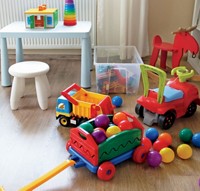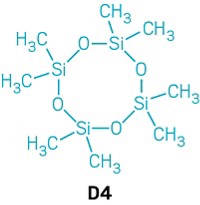Advertisement
Grab your lab coat. Let's get started
Welcome!
Welcome!
Create an account below to get 6 C&EN articles per month, receive newsletters and more - all free.
It seems this is your first time logging in online. Please enter the following information to continue.
As an ACS member you automatically get access to this site. All we need is few more details to create your reading experience.
Not you? Sign in with a different account.
Not you? Sign in with a different account.
ERROR 1
ERROR 1
ERROR 2
ERROR 2
ERROR 2
ERROR 2
ERROR 2
Password and Confirm password must match.
If you have an ACS member number, please enter it here so we can link this account to your membership. (optional)
ERROR 2
ACS values your privacy. By submitting your information, you are gaining access to C&EN and subscribing to our weekly newsletter. We use the information you provide to make your reading experience better, and we will never sell your data to third party members.
Consumer Safety
Grouping of flame retardants for hazard assessment endorsed by US National Academies
Panel recommends 14 subclasses
by Cheryl Hogue
May 16, 2019
| A version of this story appeared in
Volume 97, Issue 20

Dividing organohalogen flame retardants into groups for collective assessment and regulation is scientifically justifiable, says a committee of the US National Academies of Sciences, Engineering, and Medicine.
This endorsement bolsters the approach of evaluating and regulating commercial chemicals that share similar properties—and often substitute for one another—in groups rather than individually.
Organohalogen flame retardants cannot be lumped into a single category for hazard assessment, the National Academies committee says in a report released May 15. However, the substances can be split into 14 subclasses for assessment on the basis of chemical structure, physicochemical properties, and predicted biologic activity.
These widely used compounds are found in many types of consumer goods, and their metabolites have been detected in the blood of most people in the US. Exposure to organohalogen flame retardants is linked to endocrine disruption, cancer, and developmental and reproductive problems.
The report will guide the Consumer Product Safety Commission (CPSC) as it decides whether and how to implement a ban on certain household items containing organohalogen flame retardants. The agency requested the report after its commissioners granted a petition for a ban on four types of products that have these chemicals added to materials but the chemicals are not bound within a polymer structure. The products are children’s items, except car seats; residential furniture; mattresses and mattress pads; and casings that surround electronics such as home computers.
The petitioners, which include environmental, consumer, and worker advocates as well as the American Academy of Pediatrics, asked the CPSC for a blanket ban on such products containing any organohalogen flame retardant. “Treating chemicals by class is needed to ensure that cumulative toxic exposures are not ignored and that inadequately tested chemicals are not added to household products,” says Eve C. Gartner, director of the toxics program at the environmental group Earthjustice, counsel for the petitioners.





Join the conversation
Contact the reporter
Submit a Letter to the Editor for publication
Engage with us on Twitter